Have you ever wanted to stream movies or listen to music stored on your computer to your Samsung, Sony or LG smart tv without the internet? You probably have. Most Smart Tvs come with very limited storage — a few GBs — you’ll most likely store your media elsewhere for instance on an external hard drive, a NAS box or your computer. To play that media on the big screen, both your smart tv and computer have to be DLNA/UPnP-certified.
DLNA is a very mature industry standard having been first released in June 2003 as the Digital Home Working Group. It has since been widely adopted by over 150 companies including AwoX, Broadcom, CableLabs, Comcast, Dolby Laboratories, Intel, LG, Panasonic, Sony,Samsung, Time Warner Cable and Verizon. DLNA is now supported by over nearly 3 billion products on the market in 2014 reaching up to over 7 billion by 2018.
But what is DLNA ?
DLNA is short for Digital Living Network Alliance (DLNA) and it’s a technology standard that defines ways in which networked devices such as smart tvs, computers, Roku, Xbox 360, Xbox One, and PlayStation gaming consoles connect and share multimedia content with each other.
You could connect an external hard drive with your multimedia directly to your TV via USB port and play your movies or you hook up your laptop to the tv via HDMI cable and it’ll work just fine. But who wants to have a messy living room cluttered with cables? And what if you want to stream your multimedia to not just your TV but to your smartphone, tablet, and several other devices located in different places in your home? This is precisely where DLNA shines.
DLNA has evolved from version 1.0 released in 2004 to the latest which is 4.0 announced in June 2016 that solves the “media format not supported” problem between PCs, TVs and mobile devices while supporting Ultra HD TV content streaming.
How DLNA works
DLNA is a very simple protocol. It’s almost similar to DHCP, the protocol that enables your laptop to automatically obtain an IP address and connect to a network. DLNA uses Internet Protocol(IP). Devices must be connected to each other via one of the following networking standards; Ethernet, 802.11 (including Wi-Fi Direct), MoCA, HD-PLC, HomePlug-AV, HPNA and Bluetooth. DLNA-certified devices search and discover each other on the network using a sister-protocol called UPnP which we shall talk about later.
The DLNA specification also defines media formats which certified device can play back. Supported formats include image (JPEG, GIF, PNG), video (MPEG-2, MPEG-4, WMV) and audio (MP3, AAC, WMA). Digital Rights Management and Content Protection is also covered by DLNA so content providers can be rest assured that pirates will not tamper with their copyrighted content.
DLNA generally requires;
- Network device like Router: provides wired and wireless Connectivity between media devices.
- DLAN media server: Stores media content, provides media library information and streams media-data (like audio/video/picture/files) to DLNA clients on the network. Examples of DLNA devices include TVs, DVD and Blu-ray players, games consoles, digital media players, photo frames, cameras, NAS devices, PCs, mobile handsets, and more.
- Digital Media Player (DMP): This finds content on digital media servers (DMS) and provide playback and rendering capabilities. Examples include smart TVs, stereos and home theaters, wireless monitors and game consoles.
- Digital Media Renderer (DMR): plays content as instructed by a digital media controller (DMC), which will find content from a digital media server (DMS). Examples include TVs, audio/video receivers, video displays and remote speakers for music. It is possible for a single device (e.g. TV, A/V receiver, etc.) to function both as a DMR (receives “pushed” content from DMS) and DMP (“pulls” content from DMS).
- Digital Media Controller (DMC): find content on digital media servers (DMS) and instruct digital media renderers (DMR) to play the content. Content doesn’t stream from or through the DMC. Examples include tablet computers, Wi-Fi enabled digital cameras and smartphones.
If the above feels confusing and overwhelming, it should not. If you want to stream media to your TV, then you can use your computer as a DLNA server. Windows 10 already comes with DLNA software via the “Play to” feature although it’s not turned on by default. However, you can also use other DLNA servers such as Kodi, Universal Media Server(UMS), Plex, PS3 media server, Serviio, Cyberlink, Twonky Media server, TVersity among others. Most smart Tvs such as Samsung (via Allshare), Sony, LG, TCLs, Sharp are most likely DLNA-compliant as long as they support WiFi or ethernet. Simply make sure your computer and the smart tv are connected to the same network, then you will be able to stream media to the TV.
UPnP (Universal Plug and Play)
UPnP short for Universal Plug and Play borrows from the plug-and-play model which requires zero configuration before devices can connect. Like when you are plugging in a USB flash disk into your computer, it just works. There’s absolutely nothing to configure.
The UPnP standard specifies methods for peer-to-peer networking of the most popular consumer electronics such as mobile devices, personal computers, and networked home appliances. Like DLNA, UPnP runs on Internet Protocol (IP) technology and uses UDP on port 1900.
How UPnP works
UPnP devices automatically connect to the network and obtain their dynamic IPs through DHCP protocol. Once connected, the device advertises its services to control points on the network via discovery protocol is known as the Simple Service Discovery Protocol (SSDP). The device then uses HTTP, SOAP and XML protocols on top of IP, in order to provide device/service description, actions, data transfer and eventing.
Sometimes, you might have to open udp port 1900 on your home wireless router to allow UPnP to work.
If you need to stream media, then you need UPnP AV compliant device. UPnP AV is an extension of the UPnP protocol and it defines standards for devices to share audio and video data on home network. UPnP AV works much like DLNA in that you need about 3 components; a digital media server, digital media player and a digital media controller. The server stores your media library, the player plays back your media to an audio speaker while the controller lets your browse your media collection.
Differences between DLNA and UPnP
DLNA and UPnP can be confusing. In fact, in some cases they are used interchangeability even when they are not. You could say DLNA extends UPnP by specifying media formats, methods for management systems, and even content protection systems. UPnP simply defines ways in which devices discover, connect and describe themselves on a home network. DLNA then uses SSDP, UPnP discovery protocol to search and connect devices such as TVs, DVD and Blu-ray players, games consoles, digital media players, photo frames, cameras, NAS devices, PCs, mobile handsets, and more on the same network to share and playback multimedia.
Conclusion
So next time you see a device with DLNA logo, it simply means that it also supports UPnP. A number of users are now using the internet and service providers like Hulu, Netflix, Youtube to stream content to their smart tvs, smartphones and computers. But if you have a home media library and wish to stream your own home media, then you definitely have to make sure that your devices are DLNA/UPnP compliant.
Feature Image: SpireSpark International


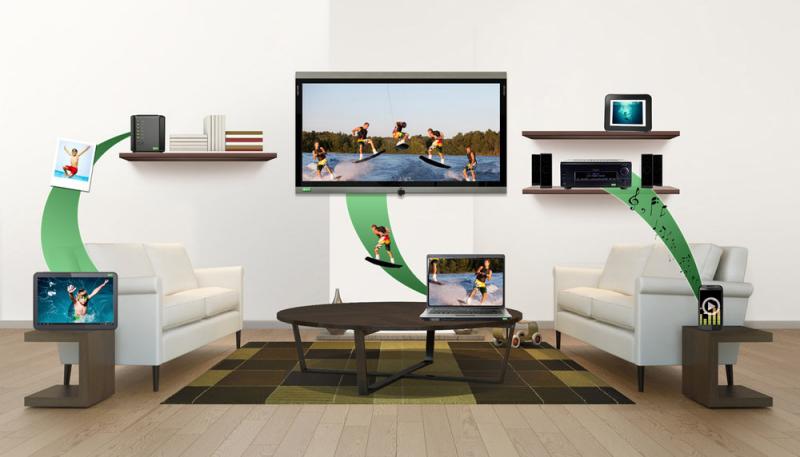
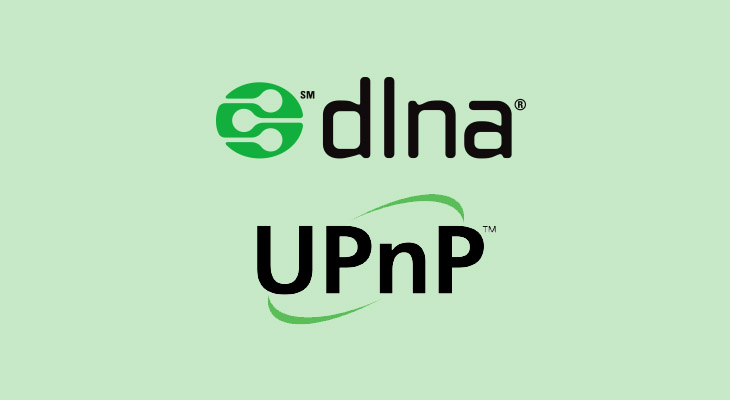
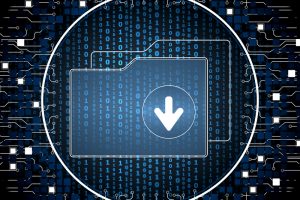

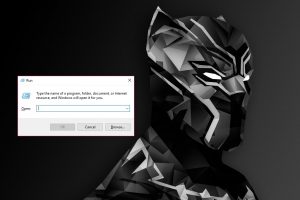
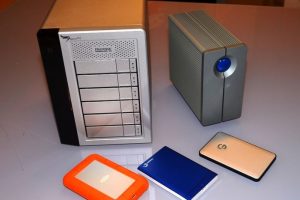






One thought on “Stream your own home media: A complete guide to DLNA and UPnP”